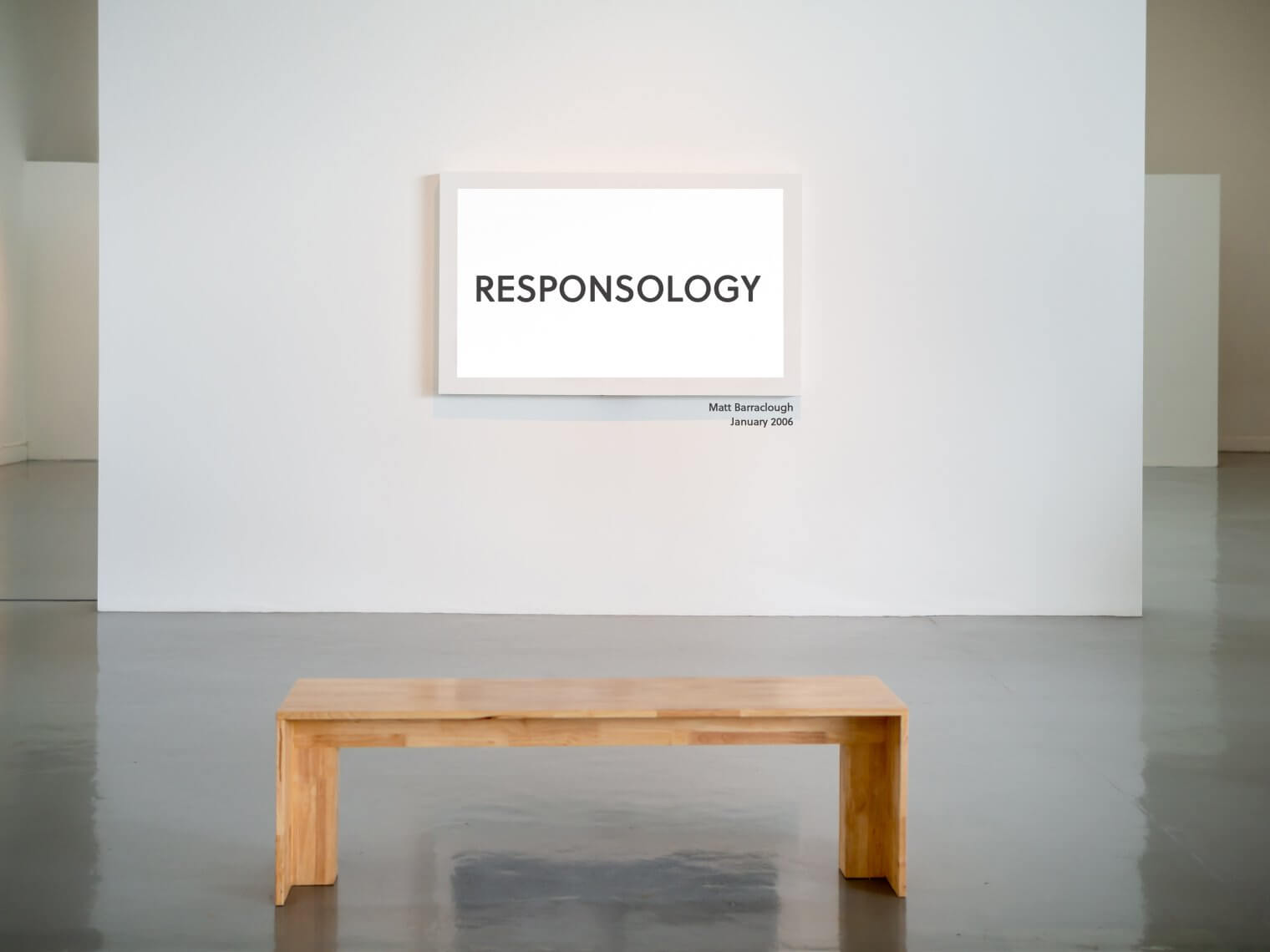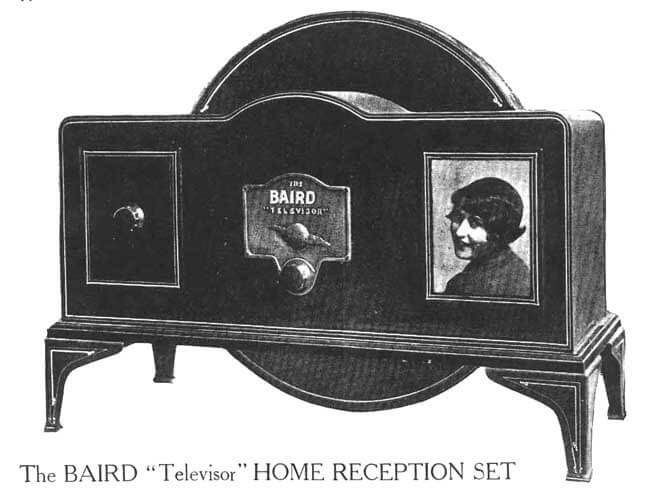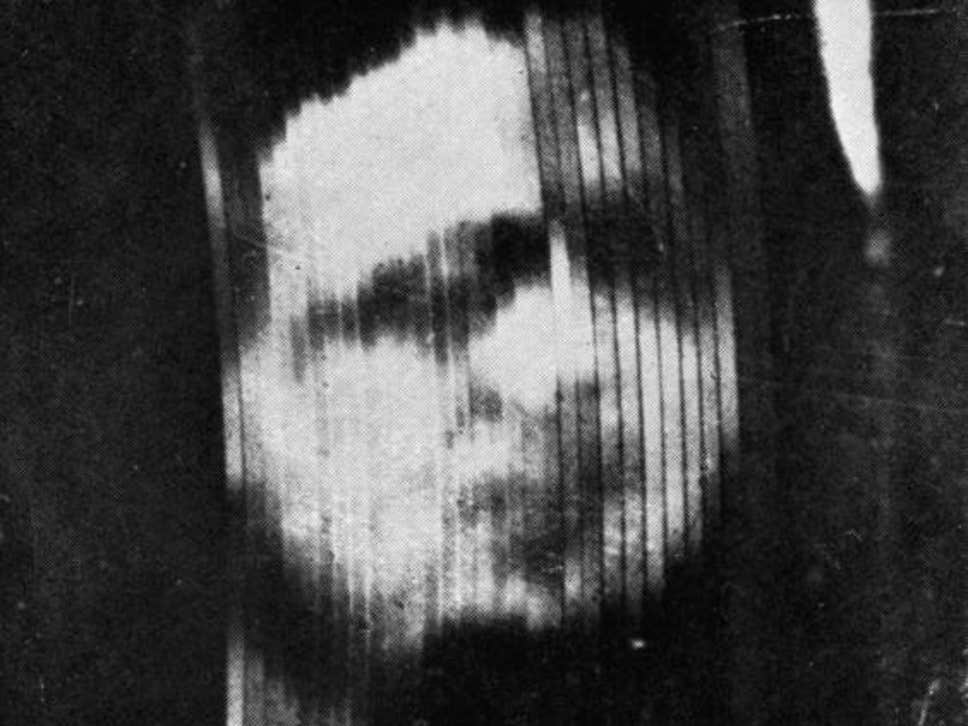Director’s Blog – I developed my TV advertising strategy in a museum
May 21

Have you ever wandered around a museum looking at exhibits but not really taking much interest? Have you ever stared deeply at an old artefact and pretended you were really enjoying yourself?
I have, I do this all the time when visiting museums with my kids. I’m not embarrassed.
I’ve become a master at the museum stand and stare, I can hold it for minutes at a time and no one suspects a thing. A passer-by probably looks in admiration as the intellectual oozes from my body. The truth is I’m in a world of my own thinking about cake and not this tired old wooden box behind the glass.
I think my beloved children have started to do the same. They too look aimlessly at walls covered in writing and then slowly tilt their head downwards to see the museum exhibit. It’s like watching a nodding dog in slow motion.
There is nothing wrong with being uninterested when looking over ancient relics. We’re not all intellectual historians. We don’t have a problem, the museum has the problem.
I remember in one museum I watched people pass by a glass case that contained ‘The Televisor’ created by John Logie Baird in the 1930s. As many will know, Scottish inventor Baird was one of the pioneers of television and this cased example was one of the first to be tested by the BBC.
The Televisor looks a little weird and doesn’t bear any resemblance to a traditional television that we’d see in homes across the world today.

In the museum, it’s kept in a glass case with other artefacts of a similar time. As visitors to the exhibit look down at the Televisor they can see a small plaque that has been placed there by the museum. On the plaque, it reads “John Logie Baird Televisor, 1930”. As I watch people look at the Televisor I notice my very own technique, it’s the slow-motion dog again.
Museums adopt a technique which they call ‘interpretation’, it’s is designed to engage the museum visitor in the exhibitions they are looking at. Based on my experiences, most museums aren’t doing it so well. However, you will know of and can find many visitor attractions that are literally knocking it out of the park and entertaining people of all ages in stuff we frankly shouldn’t give a crap about.
The good galleries are using techniques developed in the early 1950s by an American interpretation expert called ‘Freeman Tilden’, even his name is interesting! His ideas were based around basic marketing principles and applying them to communication. For him, it was simple, grab attention, relate to their lives and then reveal something that will inspire them.
So if Freeman Tilden was to tell you about Baird’s Televisor he would say or write something like this.
“Imagine it’s Saturday night, you’ve just ordered a Dominoes and you are sat in your living room waiting to watch the X factor. The whole family joins you, as tonight you will witness global music superstar Ed Sheeran perform his eagerly awaited brand new single. This is going to be good!
First thing you do is grab the remote, but you soon realise you don’t have a remote for this TV. You are watching the X factor on the Televisor, designed and engineered by John Logie Baird in 1930.
The first thing you notice is that you and your family can’t see the screen and to watch your favourite TV show you will need to peer into the black hole on the right side of the Televisor. That means getting off your comfy couch and kneeling on the floor in front of it.
You get in a rather uncomfortable position and push your nose deep in the hole. Your children start to complain as you’re now hogging the TV and they can’t see a thing. You excitedly await the image of Ed Sheeran and his luscious ginger locks but all you can see is a series of red lines. These lines make up a sort of image of a man with a guitar but you’re not quite sure if that’s Ed.
Hang on a minute, you can’t hear anything. Where is the audio? Where are the sweet sounds of Ed Sheeran? The red lines stop and the image goes black. You then take your nose out of the hole and move across to the left side of the Televisor, where minutes after you saw the poor picture of Ed you now listen to a short burst of crackly, fuzzy audio.
This is how the Televisor worked. Red lines made up the picture and the audio was transmitted after you’d already seen the images.

Imagine how different life would be if you replaced your living room Television with the Baird Televisor? It’s fair to say that if the Televisor wasn’t invented the chances are that you may not be watching TV at all, not ever.
The Televisor is just one of the many amazing inventions that made TV possible. The Televisor was just the beginning, what came next? Go now and take a look.”
This kind of interpretation is best seen through ‘Live Interpretation’ like tour guides or gallery explainers, people hired specifically to engage, educate and entertain. When I was last in Barcelona I hired a tour guide to take me to ‘Sagrada Familia’ designed by legendary Spanish architect Antoni Gaudi, it truly is a fascinating building.
My tour guide, Arnold spent an hour taking me around the exterior of the Church bringing to life the phenomenal design through stories and insight. It was truly fascinating, incredibly insightful and very very funny. I was truly blown away and completely engaged in every word he said. He was a master of interpretation and with that, someone who could sell me anything.
Which leads me on from interpretation to advertising.
People watch TV adverts, in the same way, they look at museum exhibits. They raise their heads, often from their mobile devices, staring blankly at the screen for five seconds and then put their heads slowly back down to their phones. It’s the slo-mo nodding dog again but this time it’s in living rooms.
TV advertising can and should use the same principles of great museum interpretation to first engage, then relate and then give a solution. It’s a strategy I’ve been perfecting since 2006 when I took my first job as a creative for TV.
Today we call our strategy RESPONSOLOGY, it’s our very own made-up word and we love it. Essentially it covers the three pillars that we use to test our TV creative against.
PROVOKE – Stand out, grab attention and ask questions.
RELATE – Ensure content connects emotionally with viewers and their lives.
REACT – Ask the viewer to respond to your message.
And guess what? It works and has been working for the many many brands I’ve taken to TV since I started in advertising. Using this simple 3 steps creative route we’ve reduced one particular brands CPA by nearly 70%. Thanks, Freeman!
The next time you’re in a museum or watching a TV ad break you can ask yourself – Am I engaged or am I a just a slow-motion nodding dog?
Share

